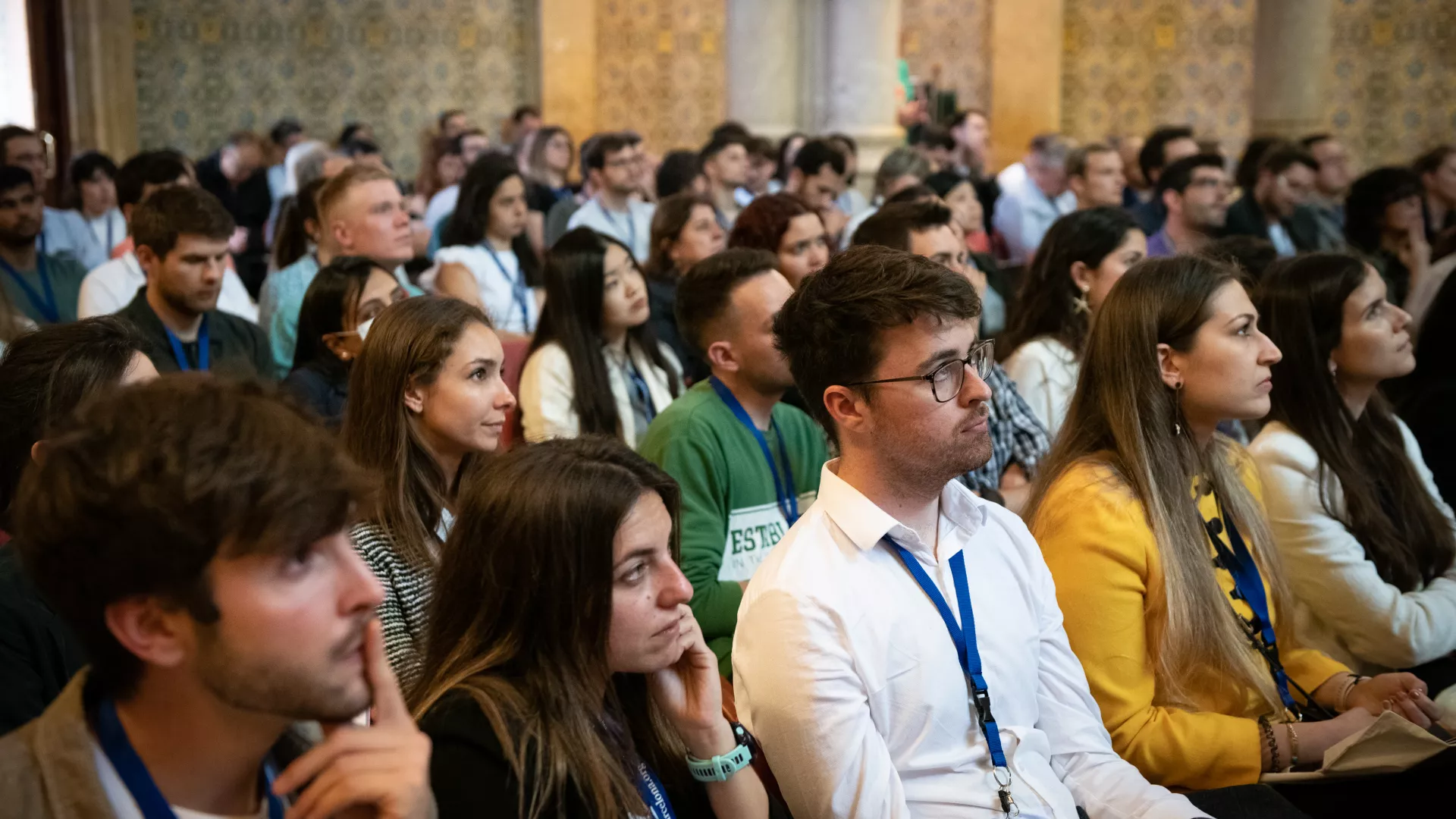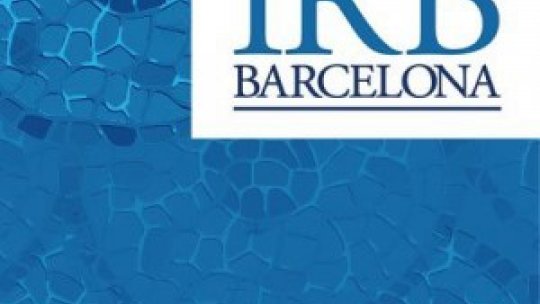Speaker: Dr. Fernando Monje-Casas, Group Leader CSIC, Research Group "Cell division, control“. Cell dynamics and signaling department. CABIMER / Spanish National Research Council (CSIC), University of Seville and University Pablo de Olavide, Seville, Spain.
Presentation
Organizers: IRB Barcelona
Date: Friday, 22nd November, 12.00h
Place: Fèlix Serratosa, Parc Cientific de Barcelona
Host: Marco Milán, PhD. and Jens Lüders, PhD, Group Leaders, IRB Barcelona, Mechanisms of Disease Programme.
Abstract:
In an asymmetric cell division, the newly-generated daughter cell differs from its mother in size, cellular composition or potential to differentiate. The generation of asymmetry during cell division is essential for many microorganisms and play pivotal roles during development and tissue morphogenesis in animals and plant. As such, the asymmetric division of stems cells allows them to self-renew while, at the same time, giving rise to a new cell that enters a particular differentiation program as a consequence of the inheritance of specific cell-fate determinants. The asymmetric distribution of these determinants allows the generation of diverse cell types during development and plays a major role in tissue architecture and morphogenesis. Hence, defects during this process can lead to tissue degeneration or aging due to a reduction in the number of stem cells or, alternatively, to tumorigenesis or tissue hyperplasia if the stem cell pool increases. A fascinating phenomenon associated to asymmetric cell divisions is the differential distribution of the microtubule-organizing centers (MTOCs) that orchestrate mitotic spindle formation. However, despite its evolutionary conservation, the biological meaning of this process was so far unknown. We have generated a powerful genetic system to analyze the consequences of constitutively reversing the MTOC inheritance pattern during the asymmetric cell division of S. cerevisiae, and demonstrate that the differential distribution of these structures is critical in order to preserve cellular lifespan. Using this model, we also shed new light into the mechanisms by which the differential inheritance of these structures contributes to the maintenance of the replicative potential of the cells.
Plenary Seminar

